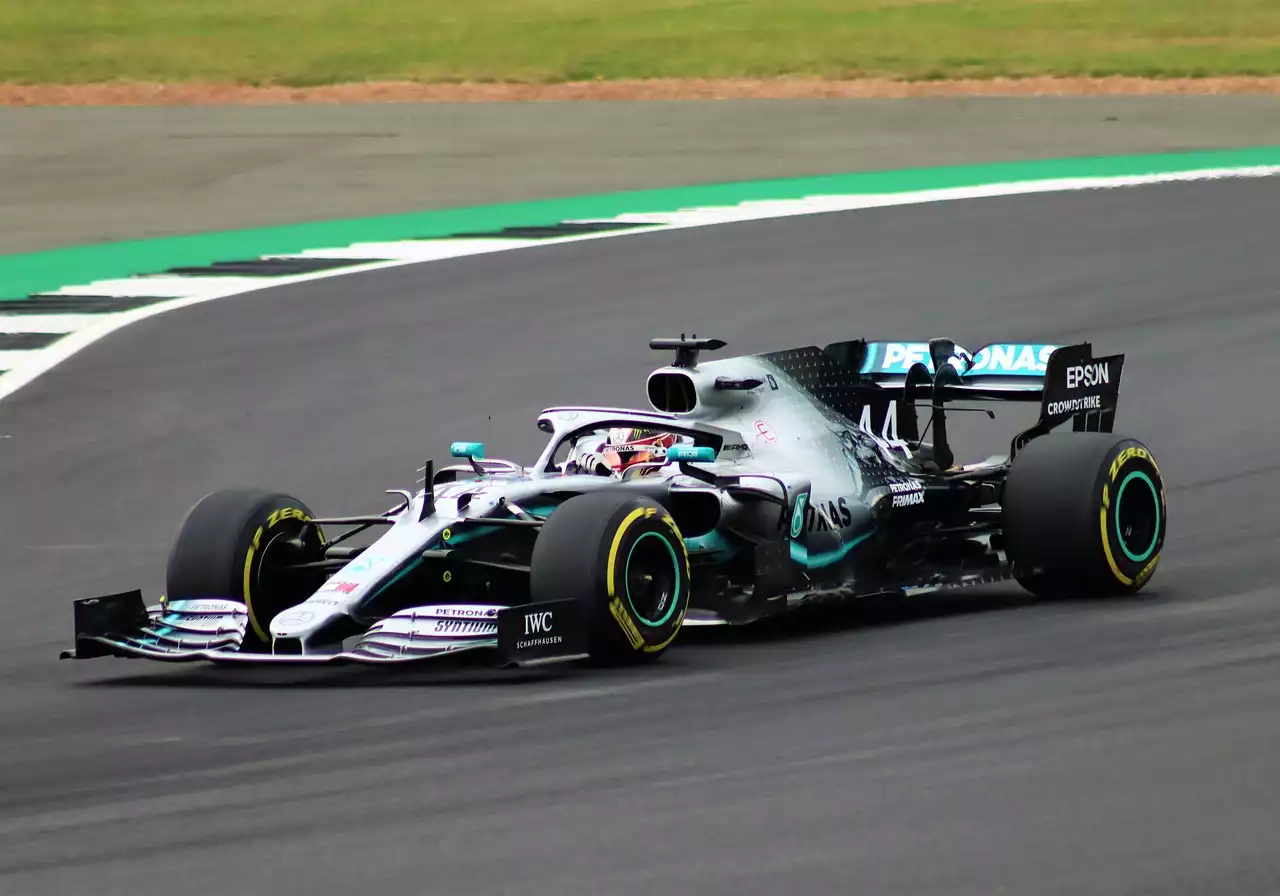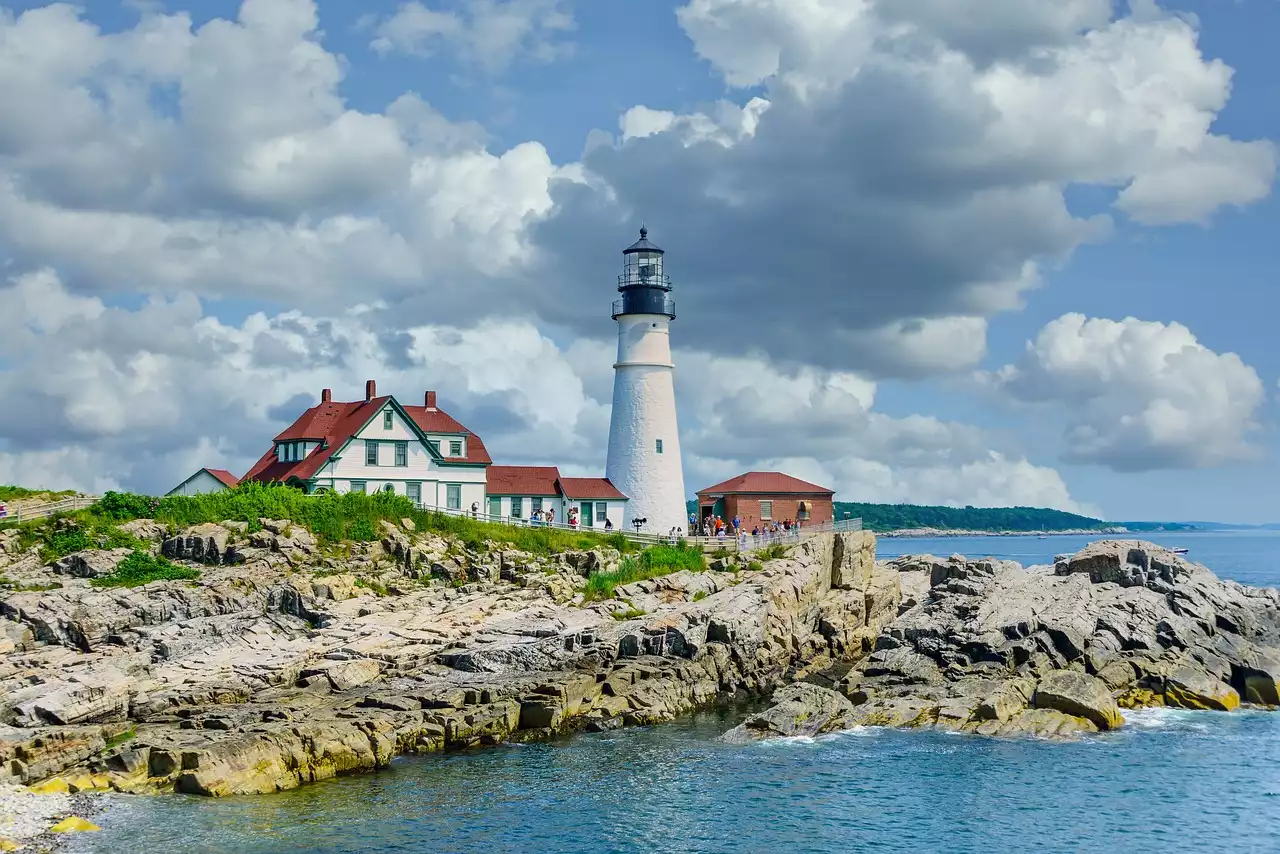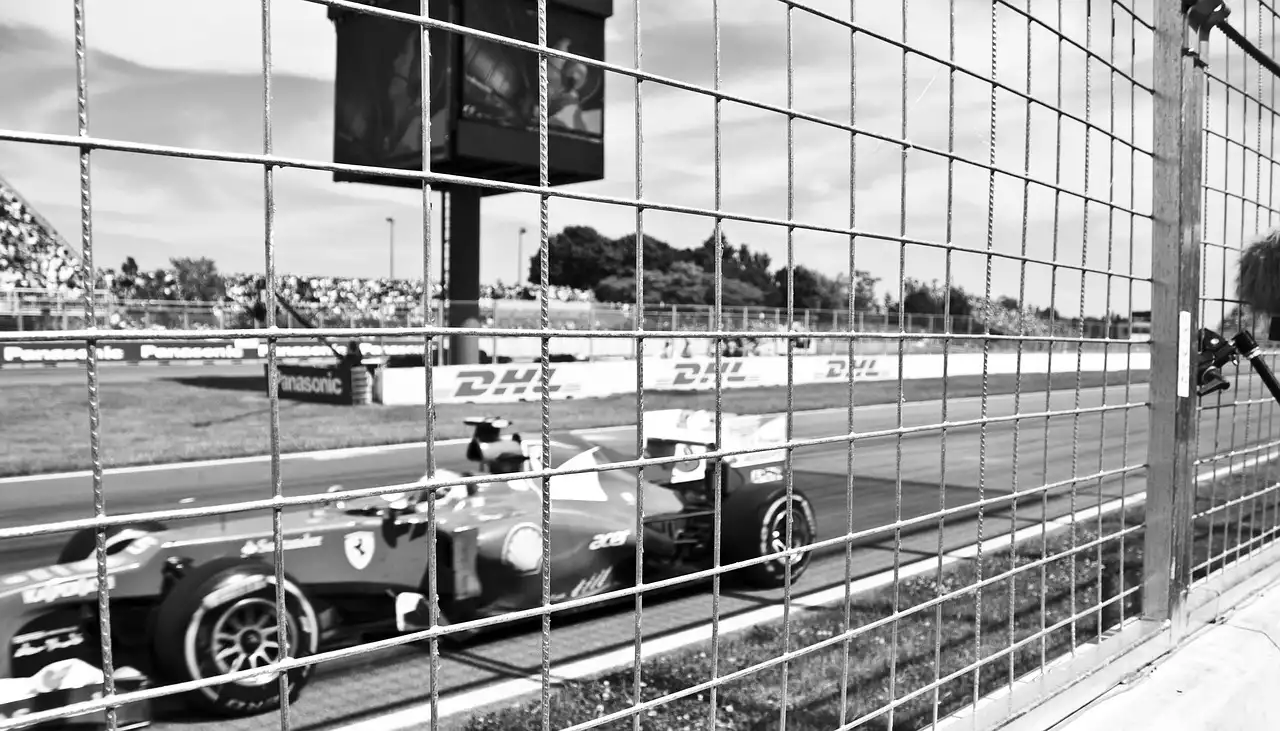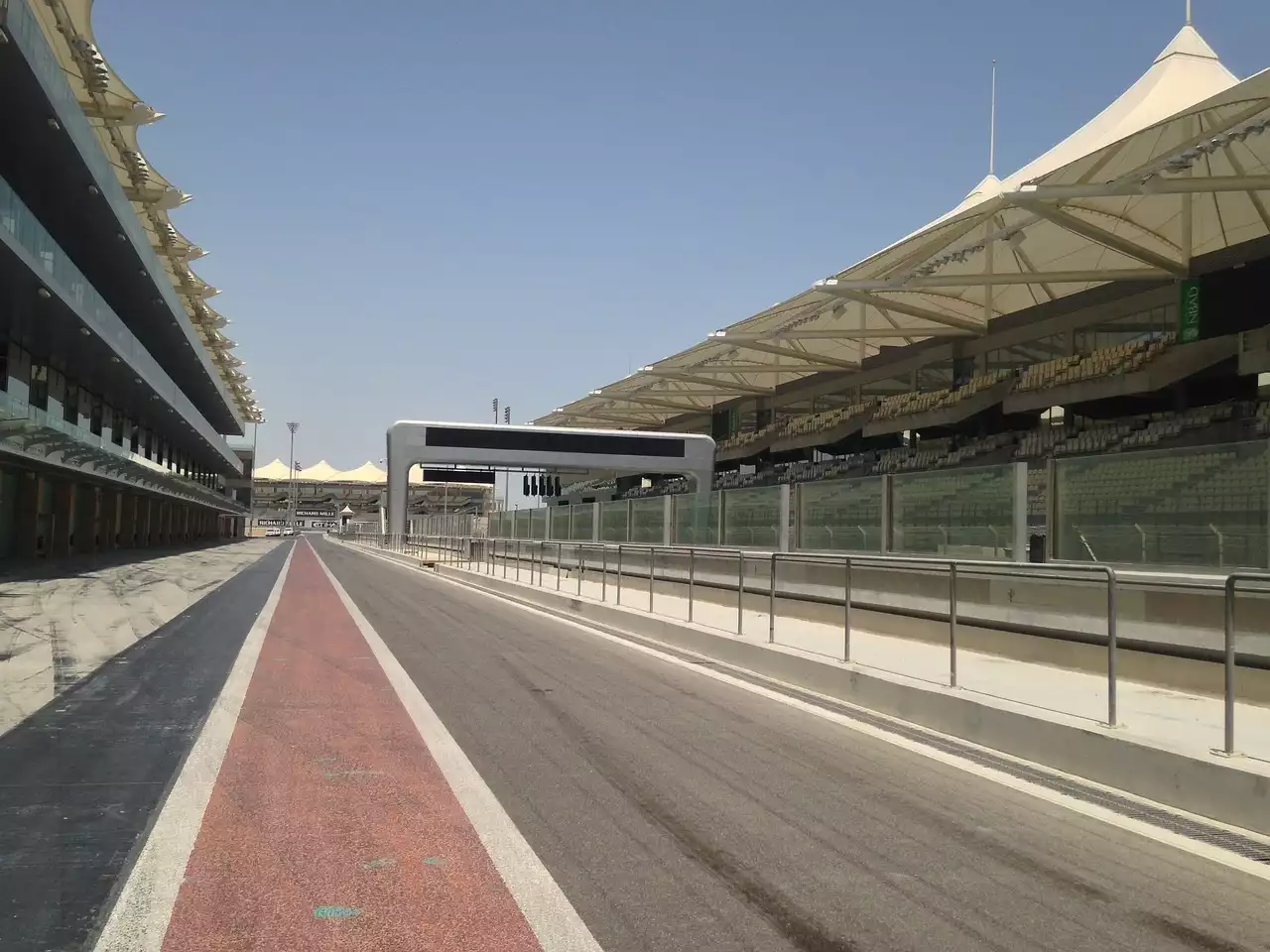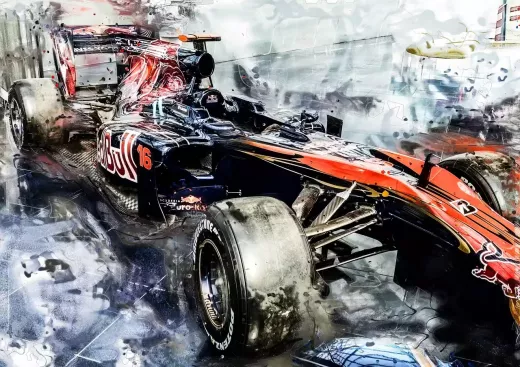History of the Firestone Grand Prix
The Firestone Grand Prix has been an annual event in St. Petersburg, Florida since 2005. The race was initially called the Grand Prix of St. Petersburg, and it was a part of the Champ Car World Series. However, when the Champ Car series merged with the Indy Racing League in 2008, the race became a part of the IndyCar Series.
Over the years, the Firestone Grand Prix has become one of the most popular races on the IndyCar calendar. The race is known for its fast speeds, tight turns, and challenging track layout. It's also become a fan favorite, with thousands of racing enthusiasts flocking to St. Petersburg every year to witness the excitement firsthand.
The Firestone Grand Prix has also played host to some iconic moments in IndyCar history. In 2012, driver James Hinchcliffe won his first-ever IndyCar race at the Grand Prix of St. Petersburg. And in 2014, Juan Pablo Montoya made his triumphant return to IndyCar racing by winning the Firestone Grand Prix.
Location and track layout of the Firestone Grand Prix
The Firestone Grand Prix is held on a temporary street circuit in downtown St. Petersburg. The track is 1.8 miles long and features 14 turns. The course takes drivers through the streets of St. Petersburg, past iconic landmarks like the Salvador Dali Museum and the Mahaffey Theater.
The track layout is challenging for drivers, with tight turns and narrow straights that make passing difficult. But it's also a crowd-pleaser, with fans lining the streets and cheering on their favorite drivers as they speed past.
One of the unique features of the Firestone Grand Prix is the "Airport Runway." This section of the track takes drivers over a runway at Albert Whitted Airport, adding an extra level of excitement to the race.
The cars and drivers of the Firestone Grand Prix
The Firestone Grand Prix attracts some of the best drivers in the world of IndyCar racing. Each team fields one or two cars, with each car featuring a different livery and number.
The cars used in the Firestone Grand Prix are open-wheel, single-seater vehicles that can reach speeds of up to 240 mph. The cars are powered by 2.2-liter, turbocharged V6 engines that produce around 650 horsepower.
Drivers must have a high level of skill and precision to navigate the challenging track layout of the Firestone Grand Prix. The race requires a combination of speed, agility, and strategy to come out on top.
Schedule of events leading up to the race
The Firestone Grand Prix is a weekend-long event, with a full schedule of activities leading up to the main race. On Friday, drivers take part in practice sessions, where they can fine-tune their cars and get a feel for the track.
On Saturday, drivers take part in qualifying rounds to determine their starting positions for the race. Qualifying is broken up into three rounds, with the fastest drivers advancing to the next round.
On Sunday, race day begins with a warm-up session, where drivers can make any last-minute adjustments to their cars. The main event, the Firestone Grand Prix, takes place in the afternoon, with drivers racing around the track for 110 laps.
Qualifying rounds and pole position
Qualifying for the Firestone Grand Prix is a high-stakes affair, with drivers vying for pole position – the coveted spot at the front of the starting grid. Pole position gives drivers a clear advantage, as they have a better chance of avoiding accidents and maintaining their lead.
Qualifying for the Firestone Grand Prix is broken up into three rounds. In the first round, all drivers take part in a 10-minute session, with the six fastest drivers advancing to the second round. In the second round, drivers have 10 minutes to set their best lap times, with the top six drivers advancing to the final round. In the final round, the six remaining drivers battle it out for pole position.
The driver who sets the fastest lap time in the final round earns pole position for the Firestone Grand Prix. This is a significant advantage, as the driver in pole position has a clear track ahead of them and can set the pace for the rest of the field.
Race day atmosphere and fan experience
The Firestone Grand Prix is known for its lively atmosphere and enthusiastic fans. The streets of St. Petersburg come alive with the sound of roaring engines, and the crowds cheer on their favorite drivers as they race past.
The fan experience at the Firestone Grand Prix is second to none. Fans can get up close and personal with the cars and drivers, with autograph sessions and meet-and-greets taking place throughout the weekend.
The Grand Prix also features a variety of food vendors, merchandise stands, and entertainment options for fans to enjoy. And with the beautiful backdrop of downtown St. Petersburg, there's no shortage of things to see and do.
Notable moments from past Firestone Grand Prix races
Over the years, the Firestone Grand Prix has been the site of some memorable moments in IndyCar history. In 2011, driver Dario Franchitti won his third consecutive race at the Grand Prix of St. Petersburg, cementing his status as one of the greatest drivers in IndyCar history.
In 2013, James Hinchcliffe won the Firestone Grand Prix in dramatic fashion, passing Helio Castroneves on the final lap to take the checkered flag. And in 2016, driver Sebastien Bourdais won his second Firestone Grand Prix, holding off a charging Simon Pagenaud to take the win.
Predictions for the upcoming Firestone Grand Prix
The upcoming Firestone Grand Prix promises to be another exciting event, with some of the best drivers in the world of IndyCar racing set to take the track. Fans can expect to see high-speed action, nail-biting overtakes, and plenty of drama and excitement.
As for predictions, it's impossible to say who will come out on top. With so many talented drivers and teams vying for the win, anything can happen on race day. But one thing is for sure – the Firestone Grand Prix is always a thrilling event, and this year's race is sure to be no exception.
